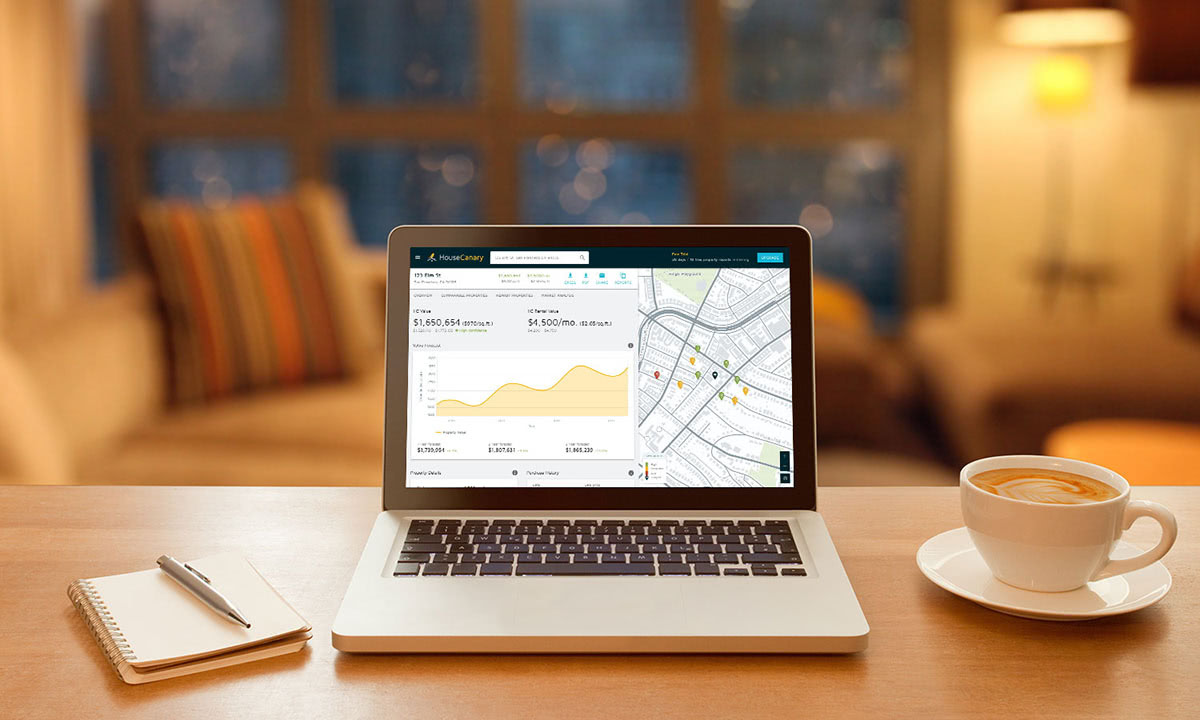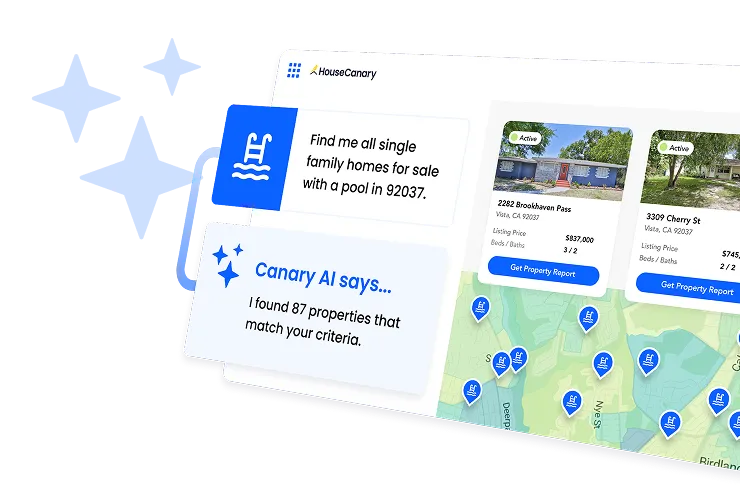
There's no Kelley Blue Book for real estate, but Automated Valuation Models (AVMs) are getting pretty close. This article dives into what makes a home valuation accurate and how HouseCanary's AVMs are changing the game.
What makes a property valuation accurate?
The ideal scenario: the valuation matches the selling price. But what if the market has shifted or the house is unique? Accuracy gets tricky. Here at HouseCanary, we believe big data is the answer. We train our algorithms on millions of past transactions and unique property characteristics to predict current fair market value with exceptional precision. This data advantage is a core component of our industry-leading AVM products.
How to measure real estate AVM accuracy
Companies that create AVMs should get them regularly assessed by unbiased third parties. Here's how they measure success:
- Median Absolute Percentage Error (MdAPE): A lower number means the AVM's guesses are closer to actual sales prices. HouseCanary consistently achieves industry-best MdAPE ratings, showcasing the exceptional accuracy of our models.
- Hit Rate: How often the AVM finds a property in its database. HouseCanary boasts a superior hit rate, ensuring you get a valuation almost anywhere.
- Record Count: The total number of properties the AVM has data for. With an industry-leading record count, HouseCanary delivers unparalleled coverage.
- Mean Error: The average difference between the AVM's estimate and the selling price. This should be as close to 0 as possible. HouseCanary's meticulous data analysis keeps the mean error exceptionally low.
- Accuracy Rate: How often the AVM's valuation falls within a specific range (e.g., 5%) of the selling price. HouseCanary consistently achieves high accuracy rates, giving you confidence in your valuations.
- Error Frequency Distribution: Shows how often the AVM makes big mistakes. HouseCanary's advanced algorithms minimize the occurrence of large valuation errors.
Why aren't real estate AVMs perfect?
Even experts make mistakes, and AVMs have their limitations. Sometimes there just aren't enough similar homes that have recently sold nearby. Or maybe the property is one-of-a-kind, like a waterfront mansion in a desert state.
However, technology is constantly improving. HouseCanary uses a massive dataset that includes past buyer and seller behavior, along with unique property details, making our AVM incredibly accurate, and constantly getting better.
Experience the power of the most accurate AVMs:
- Custom Valuation & Comparables Tool: Get an instant and customized valuation report for any property, along with highly relevant comparable sales data. This allows you to make data-driven decisions quickly and confidently.
- Automated Valuation Report: Generate instant, residential property valuations with detailed reports for mortgage lenders and SFR investors.
- Portfolio Monitoring: Track property values across your entire portfolio and receive automated alerts of significant changes.
The advantages of real estate AVMs
Despite their limitations, AVMs offer several benefits:
- Reduced bias: Machines are less susceptible to personal biases than human appraisers.
- Speed and consistency: HouseCanary AVMs deliver valuations quickly and consistently, based on a robust data foundation.
- Emerging tech: HouseCanary is constantly exploring cutting-edge advancements, like image recognition, to further enhance AVM accuracy.
The future of real estate AVMs
While complex properties or markets might still require a human expert, AVMs are becoming more and more reliable. As technology advances, the real estate industry will reap the benefits, and HouseCanary is at the forefront of this innovation.
Take your valuations to the next level with HouseCanary's industry-leading AVM products today.
And for more on the topic of real estate AVMs, read about HouseCanary's AVM or our full white paper about AVM accuracy.






















